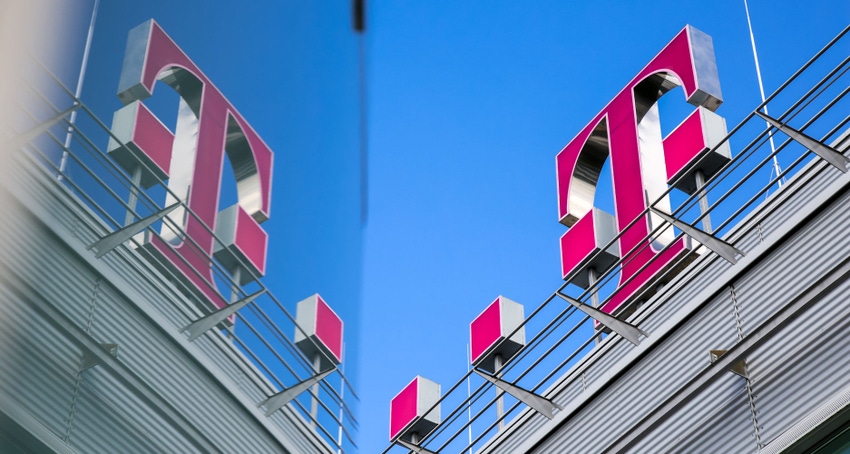German operator Deutsche Telekom plans to work even harder next year to make up lost ground in the FTTH market.
December 6, 2022

German operator Deutsche Telekom plans to work even harder next year to make up lost ground in the FTTH market.
The telco late last week said it aims to add 2.5-3 million premises to its FTTH footprint in 2023. By comparison, it is on course to add 2 million this year, while last year it connected 1.2 million. By the end of December, DT’s FTTH network will cover 5.2 million premises in total. And by 2024, it is expected to reach more than 10 million, which represents a slight improvement on its previous target of up to 10 million.
“Our fibre optic engine is running. We have built more fibre this year than all other competitors combined,” claimed Srini Gopalan, head of DT’s domestic operation, in a statement on Friday.
“In the second phase, we will bring even more fibre even faster to our customers. It’s all about growth and scaling. We have a clear plan that we are implementing with our strong team,” he said.
The fact of the matter is though, DT’s fibre rollout needs to be aggressive because it spent too long championing copper-based broadband, and as such there is plenty of headroom in Germany’s FTTH market.
Part of the problem stems from its legacy. With plenty of copper to sweat, and with concerns that the regulator would force it to offer wholesale access to any fibre it rolled out, DT instead spent years concentrating on upgrading its fibre-to-the-cabinet (FTTC) network with vectored VDSL.
According to stats published in May by the FTTH Council Europe, the percentage of homes passed in Germany stood at just 22.1 percent in September 2021, meaning more than 32 million premises still don’t have a fibre connection. In the European fibre league table, Germany ranks third from bottom.
Its big regional neighbours – who were also encumbered by incumbents with big, copper networks – are doing markedly better by comparison, with FTTH penetration in France and Italy standing at 67.3 percent and 47.7 percent respectively. The UK is the exception. It ranks just one spot above Germany, with penetration of 26.6 percent. These stats are more than a year old and FTTH coverage has improved in all these markets over the last 12 months. Nevertheless there is still plenty still plenty of room for improvement, including in Germany.
To meet its new targets and help drag Germany up the European fibre ranking, Deutsche Telekom needs more installers out there connecting premises. Next year, it intends to hire an additional 1,000 so-called fibre experts, an increase of 50 percent over its current headcount.
“The increase we have set ourselves for fibre optic expansion in 2023 is enormous. To ensure that we can continue to deliver on our promises, we need to invest in more than just network technology,” Gopalan said, adding that the majority of the new hires will carry out installations.
In addition to a thousand extra engineers next year, there will also be a new group CTO overseeing the accelerated work schedule. Abdu Mudesir will take over from outgoing CTO Walter Goldenits in January. Mudesir has held various positions at DT since joining in 2018, and was promoted in November when Goldenits announced his departure after six years in the role.
Get the latest news straight to your inbox. Register for the Telecoms.com newsletter here.
About the Author(s)
You May Also Like








.png?width=300&auto=webp&quality=80&disable=upscale)


_1.jpg?width=300&auto=webp&quality=80&disable=upscale)


.png?width=800&auto=webp&quality=80&disable=upscale)